Prix de Rome 2013
↳ de Appel, Amsterdam, The Netherlands
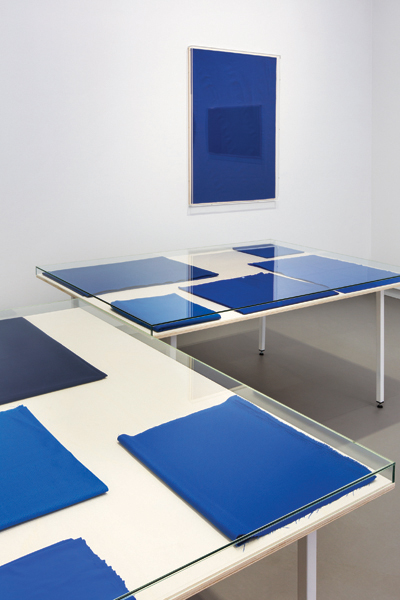

Installation view ‘European contextualising in analytical sociology and ethnographical representation on history and
the present’, Prix de Rome, 2013

The Prix de Rome is the oldest and largest Dutch prize for visual artists below the age of 40. The purpose of the prize is to identify talented visual artists and to encourage them to develop and increase their visibility.
The prize is being organised by the Mondriaan Fund for the first time this year. The jury comprises: Kathleen Bühler (curator, Kunstmuseum Bern), Ann Goldstein (director, Stedelijk Museum Amsterdam), Nicoline van Harskamp (visual artist and winner of the 2009 Prix de Rome), Navid Nuur (visual artist) and Domeniek Ruyters (editor-in-chief, Metropolis M). The chairman is Birgit Donker (director, Mondriaan Fund).
Participants: Christian Friedrich, Falke Pisano, Remco Torenbosch, Ola Vasiljeva
de Appel, Amsterdam, The Netherlands
October 24, 2013 — January 26, 2014

The Prix de Rome (pronounced: [pʁi də ʁɔm]) was a scholarship for arts students. It was created, initially for painters and sculptors, in 1663 in France during the reign of Louis XIV. It was an annual bursary for promising artists having proved their talents by completing a very difficult elimination contest.
The prize, organised by the Académie Royale de Peinture et de Sculpture (Royal Academy of Painting and Sculpture), was open to their students. From 1666, the award winner could win a stay of three to five years at the Palazzo Mancini in Rome at the expense of the King of France. In 1720, the Académie Royale d’Architecture began a prize in architecture. Six painters, four sculptors, and two architects would be sent to the French Academy in Rome founded by Jean-Baptiste Colbert from 1666

|
Remco Torenbosch, Nickel van Duijvenboden
↳ Brak/Duende, Rotterdam, The Netherlands
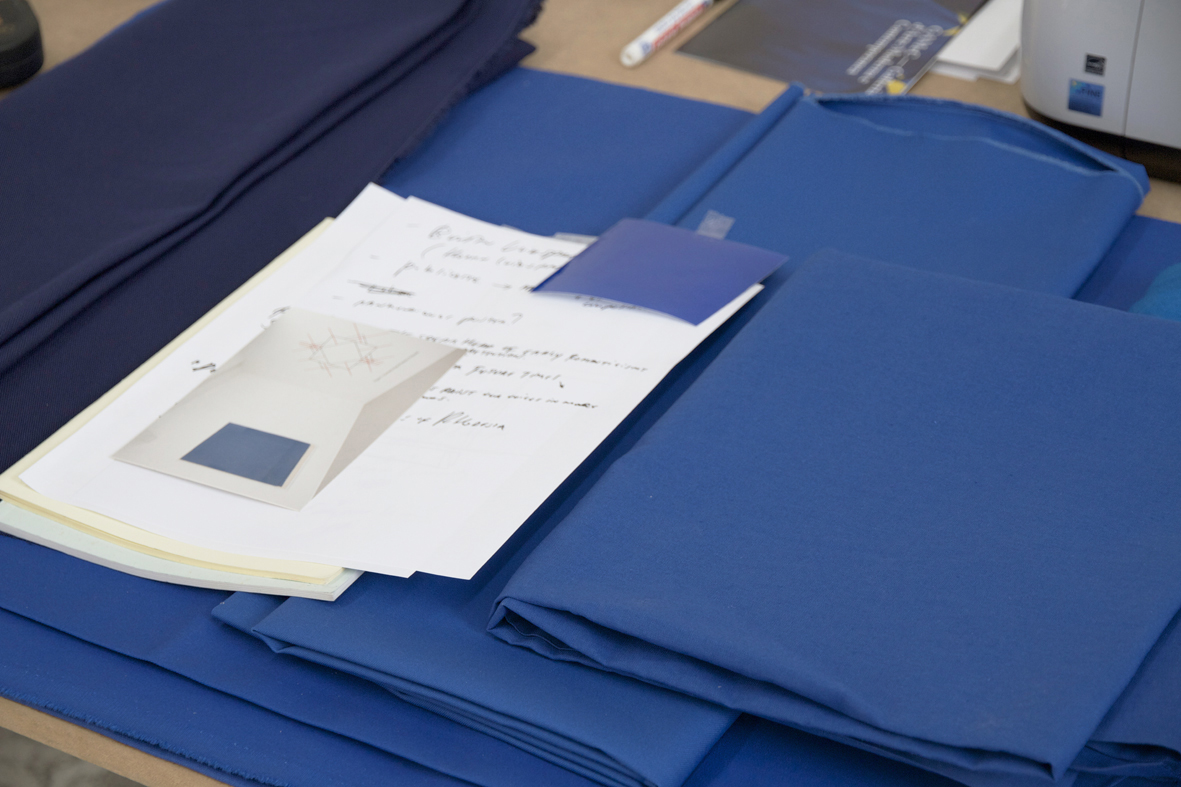
Studio view, 2012

Within this exhibition Remco Torenbosch is showing components of his study on the concept of Europe entitled: European Conceptualization in analytical philosophy on history and present. The works that have emerged from this study are a reflection of the political, social and economic changes the European Union has undergone since the founding and the underlying accompanying utopian ideologies during the formation.
Participants: Nickel van Duijvenboden, Remco Torenbosch
Brak/Duende, Rotterdam, The Netherlands
Curated by Jack Segbar
October 13 — October 21, 2012

One element in this research is the creation of a collection fabric samples in the blue colour of the European flag, gathered in the countries of the European Union. With this collection of fabric samples Torenbosch is questioning if the collection can be ultimately considered as cultural objects and possibly can represent an ethnographic value as remnants from the various disappearing local textile industries, which results into wide social and economic changes. Within the colour differences between the fabric samples, this collection also underlines the European differences by country and it’s standard idea about the European blue. In the physical sense, the European blue colour functions as a monochrome within a modernist tradition with its purity laws, its longing for transcendence and an optimistic believe in the utopian potential. Simultaneously in a psychological sense the blue functions as a blue-screen (chroma key) where the broad and critical thoughts about Europe and the European Union can be projected, an idea that in both cases is a parallel to the so-called European collective thought.
Besides the collection of fabric samples a sound abstraction of the composition Ode to Joy is played several times a day. Ode to Joy is originally a poem written in 1785 by a young Friedrich Schiller and used in 1823 by Ludwig van Beethoven for the final scene in Symphony No. 9. Since 1972 this piece has been the unofficial anthem of Europe and since 1985 officially chosen as the anthem of the European Union. Friedrich Schiller said that he wrote Ode to Joy with too euphoric, megalomaniac and naive eyes of a young man, a statement that shows in retrospect strong similarities with the statements of Robert Schuman and Jean Monnet* during the creation of the European Economic Community; the forerunner of the European Union. For the recording of this piece, Torenbosch collaborated with a composer and recorded it without the backbone instrumental parts of this composition. By abstracting the original composition of Ode to Joy, the piece created a possibility for the listener to fill in the open parts of this so-called 'collective composition’.
The research European conceptualization in analytical philosophy on history and present started at the end of 2011. Components of this research are shown in the solo exhibition EUROPA at GAMeC - Museum of Modern and Contemporary Art in Bergamo, Italy. And in the group exhibition Autumn of Modernism curated by Lorenzo Benedetti and took place at De Vleeshal and at the Temporary Gallery in Cologne, Germany.
 |
Autumn of Modernism II
↳ Temporary Gallery, Cologne, Germany
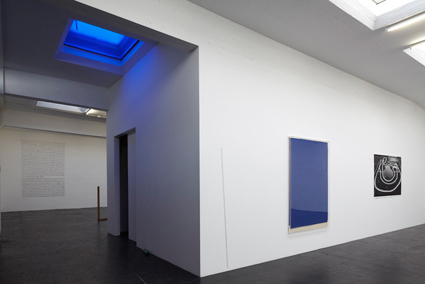

Installation view of Autumn of Modernism II at the Temporary Gallery Cologne, 2012. Works from left to riight: Martijn in 't Veld, Remco Torenbosch (European conceptualization in analytical philosophy on history and present B), gerlach en koop, Remco Torenbosch (European conceptualization in analytical philosophy on history and present A), Batia Suter. Courtesy of Temporary Gallery, Cologne.

The title of the exhibition was inspired by The Autumn of the Middle Ages, Johan Huizinga’s classic book published in 1919, a study of the forms of life, thought, and art at the end of the Middle Ages. The book shows that the artists of that period achieved their groundbreaking successes precisely because they drew on the past. This gave them a better grasp of the changes occurring all around them.
The explosion of news outlets and ways of consuming the news has made our society very focused on the now, and we sometimes forget to consider the future or the past. Artists try to step out of the present by consulting sources from the past and using them in their art, thus attempting to build bridges to the future.
Participants: Gwenneth Boelens, Piet Dieleman, gerlach en koop, Sara van der Heide, Martijn Hendriks, Bas van den Hurk, Rob Johannesma, Katja Mater, Marc Nagtzaam, Falke Pisano, Roma Publications, Petra Stavast, Batia Suter, Remco Torenbosch, Martijn in ’t Veld
Temporary Gallery, Cologne, Germany
Curated by Lorenzo Benedetti
September 7 — October 28, 2012
Exhibition pictures

One element in this research is the creation of a collection fabric samples in the blue colour of the European flag, gathered in the countries of the European Union. With this collection of fabric samples Torenbosch is questioning if the collection can be ultimately considered as cultural objects and possibly can represent an ethnographic value as remnants from the various disappearing local textile industries, which results into wide social and economic changes. Within the colour differences between the fabric samples, this collection also underlines the European differences by country and it’s standard idea about the European blue. In the physical sense, the European blue colour functions as a monochrome within a modernist tradition with its purity laws, its longing for transcendence and an optimistic believe in the utopian potential. Simultaneously in a psychological sense the blue functions as a blue-screen (chroma key) where the broad and critical thoughts about Europe and the European Union can be projected, an idea that in both cases is a parallel to the so-called European collective thought.
The research European conceptualization in analytical philosophy on history and present started at the end of 2011. Components of this research are shown in the solo exhibition EUROPA at GAMeC - Museum of Modern and Contemporary Art in Bergamo, Italy. And in the group exhibition Autumn of Modernism curated by Lorenzo Benedetti and took place at De Vleeshal and at the Temporary Gallery in Cologne, Germany.
.

|
The Art of Choice
↳ De Vleeshal, Middelburg, The Netherlands
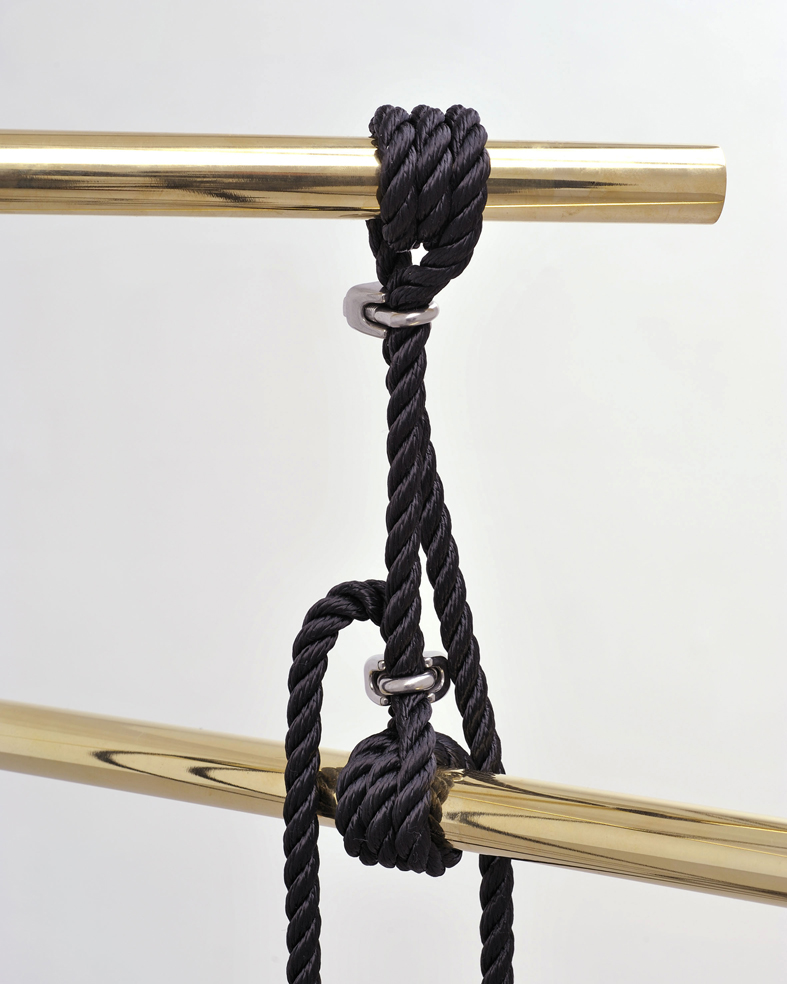
Detail of the work Untitled (B.E.P.), Purchased by De Vleeshal in 2010. Courtesy of De Vleeshal Middelburg. Picture: Leo van Kampen.

SBKM/De Vleeshal is in charge of Middelburg’s municipal art collection, which is stored at the MuHKA(Museum of Modern Art in Antwerp). Selections from the more than 150 works are periodically exhibited at De Vleeshal or De Kabinetten van De Vleeshal. For The Art of Choice, a preliminary selection of 36 works was presented to the public for voting.
Participants: Maartje Korstanje, Marlow Moss, Job Koelewijn, Bianca Runge, Marijke van Warmerdam, Liza May Post, Fransje Killaars, Remco Torenbosch, Marinus Boezem, Francesco Arena, Robert Maaskant, Piet Dieleman, Ben Sleeuwenhoek
De Vleeshal, Middelburg, The Netherlands
Curated by the public
July 1 — October 21, 2012

This work was in 2010 on display during the exhibition Fault in Cabinets and was subsequently purchased. Torenbosch refers to his work on the social and economic dynamics of our time, translated into formal structures. Untitled (BEP) is a mobile, a schematic representation of the economic term 'Break Even Point (BEP), when a company or institution no profit and no loss (more) and who thus can grow. De Vleeshal, 2010.
.
 |
EUROPA (solo exhibition)
↳ GAMeC, Bergamo, Italy
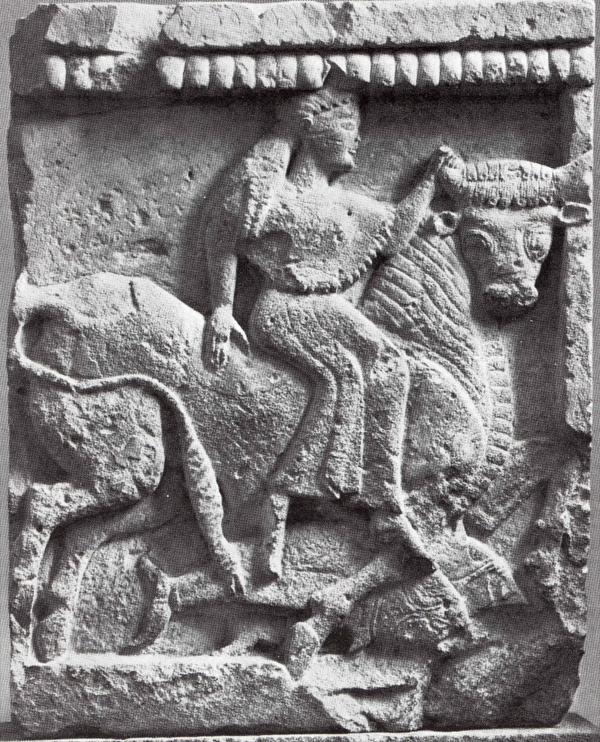

Detail of the courtyard and glass pavilion of the GAMeC with in the back an outdoor version of European conceptualization in analytical philosophy on history and present C.Courtesy of GAMeC - Galleria d’Arte Moderna e Contemporanea, Bergamo, Italy.

In 1950 the French Foreign Minister Robert Schuman presented a plan for cooperation among European states. Seven years later, the first six countries signed the Treaty of Rome, creating the European Economic Community (EEC), the forerunner of what we now call the European Union. Never in its brief history has the European Union been under as much pressure as it is today.
In the courtyard and glass pavilion of the GAMeC but also in several locations in the city of Bergamo, Remco Torenbosch presents a critical variety of situations and thoughts. The works that are presented are a reflection on the political and socio-economic changes to which Europe has recently been subjected. In this, Torenbosch investigates the language and manifestations through which a community and continent declares, represents and questions itself through the consciousness of contemporary and historical references. Within this research, Torenbosch tries to distil the situation as a return to a more human scale and perspective by underlining the importance of care and action.
Participants: Remco Torenbosch
GAMeC, Bergamo, Italy
Curated by Stefano Raimondi
June 14 — September 30, 2012
Exhibition pictures

EUROPA is the first solo exhibition in an Italian institution of the Dutch artist Remco Torenbosch. It is the result of a three-month residency in Bergamo for the project entitled The Blank Artist in Residence – Fondazione Banca Popolare di Bergamo, which has been conceived by the no-profit association The Blank in collaboration with GAMeC and the Accademia Carrara di Belle Arti of Bergamo and realized thanks to the support of Fondazione Banca Popolare di Bergamo, the Consulate General of the Kingdom of the Netherlands in Milan and the Embassy of the Kingdom of the Netherlands in Rome.
.

|
Against Interpretation
↳ Onomatopee, Eindhoven
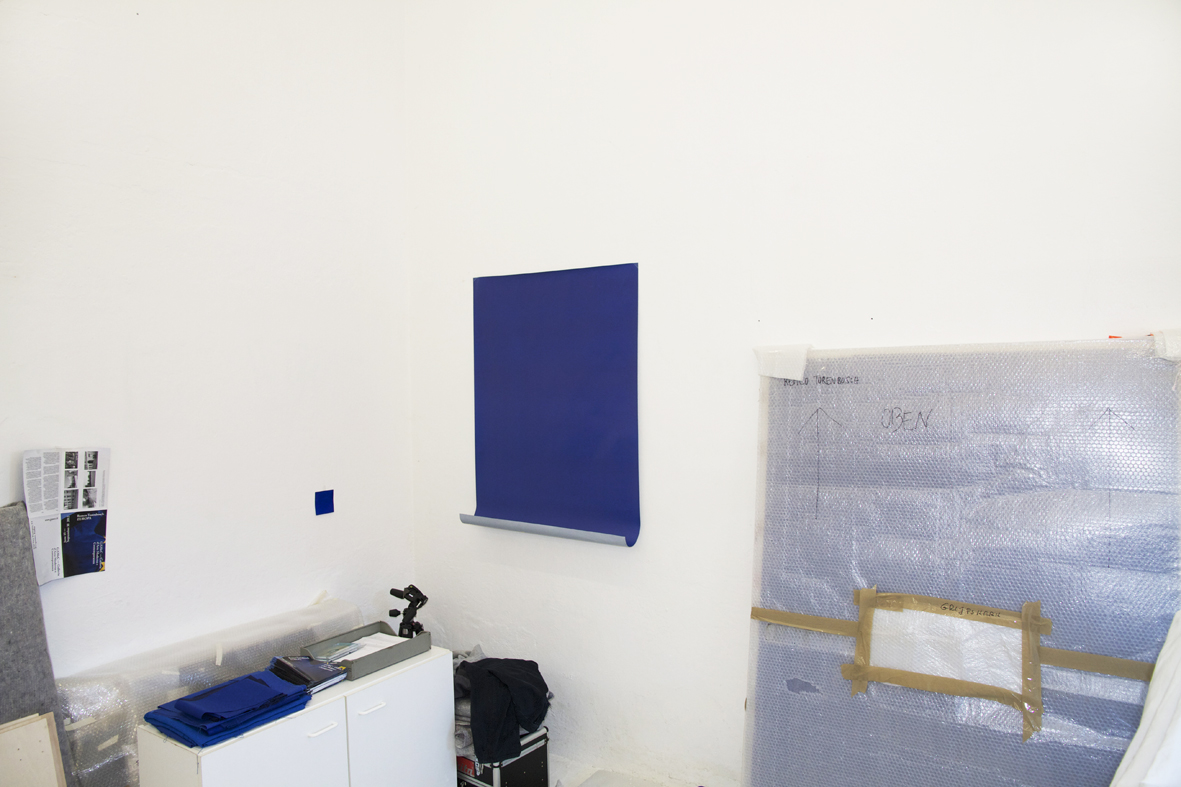
Studioview, 2012

The information overload races on; in public space it’s more like overkill. Whatspace wants to draw from our relationship to information in public space – to offer us the consecutive possibilities of confrontation, tranquillity and renewed concentration – and they want to do so experimentally, through the power of abstract art. Not only do they want to make this power manifest, they also want to grasp hold of it.
Whatspace marks out the underlying game experimentally, as an extensive international poster project in Tilburg’s public space as well as in Onomatopee’s exhibition space. The starting point here is, taking things as they are, in a sensual, sensory manner, consequently freeing the image of the overload of information which adheres to it and which causes the image itself, as carrier of information, to become invisible. Fourteen (inter)national artists have been invited to develop work in the format of a poster especially for this exhibition. Not only does this elicit questions about the role and function of the media in respect to the use of public space, it also challenges the viewer, when confronted with the work, to concentrate fully on the significance of this information.
Participants: Koen Delaere, Cheryl Donegan, Harm van den Dorpel, Wade Guyton, Bas van den Hurk, Sandra Kranich, Alexandra Leykauf, Tom Meacham, Rory Pilgrim, Remco Torenbosch, Joelle Tuerlinckx, Evi Vingerling
Onomatopee, Eindhoven
Curated by Whatspace and Freek Lomme
June 8 — July 15, 2012

Against Interpretation and Other Essays is a collection of essays by Susan Sontag published in 1966. It includes some of Sontag's best-known works, including "On Style," "Notes on 'Camp'," and the titular essay "Against Interpretation." In the last, Sontag argues that in the new critical approach to aesthetics the spiritual importance of art is being replaced by the emphasis on the intellect. Rather than recognizing great creative works as possible sources of energy, she argues, contemporary critics were all too often taking art's transcendental power for granted, and focusing instead on their own intellectually constructed abstractions like "form" and "content." In effect, she wrote, interpretation had become "the intellect's revenge upon art." The essay famously finishes with the words, "in place of a hermeneutics we need an erotics of art".
.

|
Landscape on the Move
↳ SoundArtMuseum (SAM), Rome (virtual), Italy
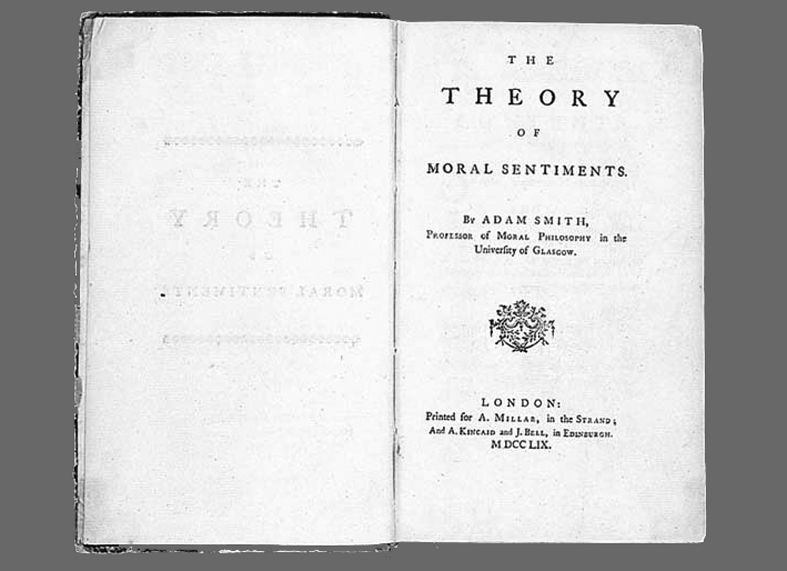
Installation view of the SoundArtMuseum Archive, 2012. Picture: Leo van Kampen.

The Theory of Moral Sentiments is a 1759 book by Adam Smith. It provided the ethical, philosophical, psychological, and methodological underpinnings to Smith's later works, including The Wealth of Nations (1776), which is a reflection on economics at the beginning of the Industrial Revolution and argues that free market economies are more productive and beneficial to their societies. Remco Torenbosch shear within this work only the link to the LibriVox database which hosts free audio books read and runned by volunteers to provide a non-economic (including books on economics) trading situation.

Landscape on the Move will also include the SoundArtMuseum (SAM), a project launched in 2005 as a museum of sound and a place where hundreds of sound-art works by contemporary artists are brought together and exhibited. Many of the sound-art installations in the museum are site-specific, including H. H. Lim’s Daily Music, which has been specially created for Middelburg. As part of the exhibition, a series of new works will be presented to the SAM archives, which will be on display in the exhibition space for consultation by the public. Some of the archives can also be found on the Internet at www.radioartemobile.it, under ‘SoundArtMuseum’.
Participants: Dario D'Aronco, Domenico Mangano, Remco Torenbosch
SoundArtMuseum (SAM), Rome (virtual), Italy
Curated by Riccardo Giagni, Lorenzo Benedetti
and Cesare Pietroiusti
April 1 — June 24, 2012

The Sound Art Museum is an initiative promoted by ZERYNTHIA and RadioArteMobile (RAM), one of the first internet radio stations to discuss the field in between the so called visual arts and sound research. The Sound Art Museum operate on several different levels:
.

|
Autumn of Modernism
↳ De Vleeshal, Middelburg, The Netherlands


Installation view of Autumn of Modernism at De Vleeshal Middelburg, 2012.

The title of the exhibition was inspired by The Autumn of the Middle Ages, Johan Huizinga’s classic book published in 1919, a study of the forms of life, thought, and art at the end of the Middle Ages. The book shows that the artists of that period achieved their groundbreaking successes precisely because they drew on the past. This gave them a better grasp of the changes occurring all around them.
The explosion of news outlets and ways of consuming the news has made our society very focused on the now, and we sometimes forget to consider the future or the past. Artists try to step out of the present by consulting sources from the past and using them in their art, thus attempting to build bridges to the future.
Participants: Gwenneth Boelens, Piet Dieleman, gerlach en koop, Sara van der Heide, Martijn Hendriks, Bas van den Hurk, Rob Johannesma, Katja Mater, Marc Nagtzaam, Falke Pisano, Roma Publications, Petra Stavast, Batia Suter, Remco Torenbosch, Martijn in ’t Veld
De Vleeshal, Middelburg, The Netherlands
Curated by Lorenzo Benedetti
January 14 — March 24, 2012
Exhibition pictures

One element in this research is the creation of a collection fabric samples in the blue colour of the European flag, gathered in the countries of the European Union. With this collection of fabric samples Torenbosch is questioning if the collection can be ultimately considered as cultural objects and possibly can represent an ethnographic value as remnants from the various disappearing local textile industries, which results into wide social and economic changes. Within the colour differences between the fabric samples, this collection also underlines the European differences by country and it’s standard idea about the European blue. In the physical sense, the European blue colour functions as a monochrome within a modernist tradition with its purity laws, its longing for transcendence and an optimistic believe in the utopian potential. Simultaneously in a psychological sense the blue functions as a blue-screen (chroma key) where the broad and critical thoughts about Europe and the European Union can be projected, an idea that in both cases is a parallel to the so-called European collective thought.
The research European conceptualization in analytical philosophy on history and present started at the end of 2011. Components of this research are shown in the solo exhibition EUROPA at GAMeC - Museum of Modern and Contemporary Art in Bergamo, Italy. And in the group exhibition Autumn of Modernism curated by Lorenzo Benedetti and took place at De Vleeshal and at the Temporary Gallery in Cologne, Germany.
.

|
Kitchen139: A Ten-day Communal Kitchen Experiment (...)
↳ W139, Amsterdam, The Netherlands
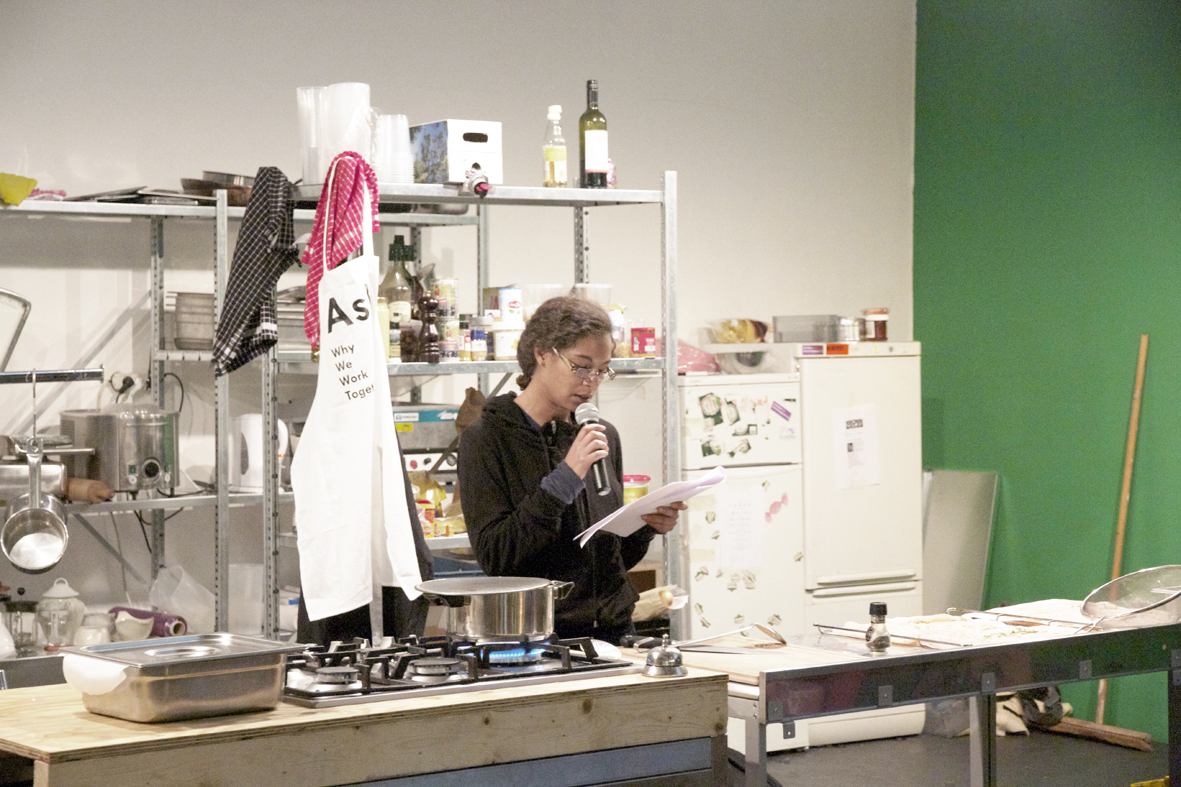

Mandeville
Reading at Kitchen139: A Ten-day Communal Kitchen Experiment A cooperation between W139 and Casco, in the context of The Grand Domestic Revolution – User’s Manual, Jan van Eyck Academie & KijkRuimte, 2012

More than half a century ago, Hannah Arendt stated that in the modern world two spheres of life – the private and the public –are no longer separate and the economy is actually very much about how to keep a household. However, how much do we know about our economy? Over a century ago, American feminists started building communal kitchens in order to socialise their isolated work as well as save time for other activities such as involvement in the suffrage movement.
What would we gain from such a communal kitchen today? And who is this “we”? W139 cooperates with Casco on ‘Kitchen139’, a ten-day open kitchen and activity series. We invite all for those occupied with multiple deadlines and appointments towards the end of year, to join a collective house management where cooking, eating, talking, thinking, cleaning are all coming together. Inspiring or even more fatiguing, or possibly both?
Participants: Emory Douglas, Occupy Amsterdam, Premsela, Remco Torenbosch, Jan van Eyck Academie a.o.
W139, Amsterdam, The Netherlands
Curated by Binna Choi and Tim Voss
December 9, 2011
Exhibition pictures

'Kitchen139' transforms W139 into a ten-day open kitchen and invites all of those occupied with multiple deadlines and appointments towards the end of year, to join a collective house management where cooking, eating, talking, thinking, cleaning are all coming together. Inspiring or even more fatiguing, or possibly both?
Each dinner will be prepared by a diversity of social and cultural initiatives, including Artists in Occupy Amsterdam, Amsterdam Dinner Movement and The Living Room(s), that will express their current works through the hospitality of cooking and serving. Each cooking process will be moderated by a host and broadcasted daily from 19.00-20.30 HRS on Red Light Radio for which listeners can not only learn of the original recipes but also the materials of thoughts behind them. Parallel to the cooking sessions will be a series of daily lectures by Amsterdam based economist Claus Peter Pfeffer on his alternative economic theory 'Plutopia - Policies for Globally Sustainable Common Wealth', aka Pfeifferism.
'Kitchen139' has been co-developed by W139 and Casco in the context of the current project exhibition at Casco 'The Grand Domestic Revolution 'User's Manual' (GDR). In GDR exhibition, on view through 26 February 2012, the private status of domestic space is questioned and new forms of life in common are searched for. 'Kitchen139' is conceived out of an observation of what one may call a resurgence of interest in domesticity and social change embodied by movements such as Occupy Amsterdam, who are making common domestic matters public on the Beursplein. Only 200 metres away, Kitchen139 could be considered as a differentiated, extended tent of Occupy Amsterdam and a voice in the continuous call for a grand domestic revolution today. Next to our evening program, the space will be open for daily public use.

|
Between Act and Protest (...)
↳ IK Paviljoen, Oost-Souburg, The Netherlands
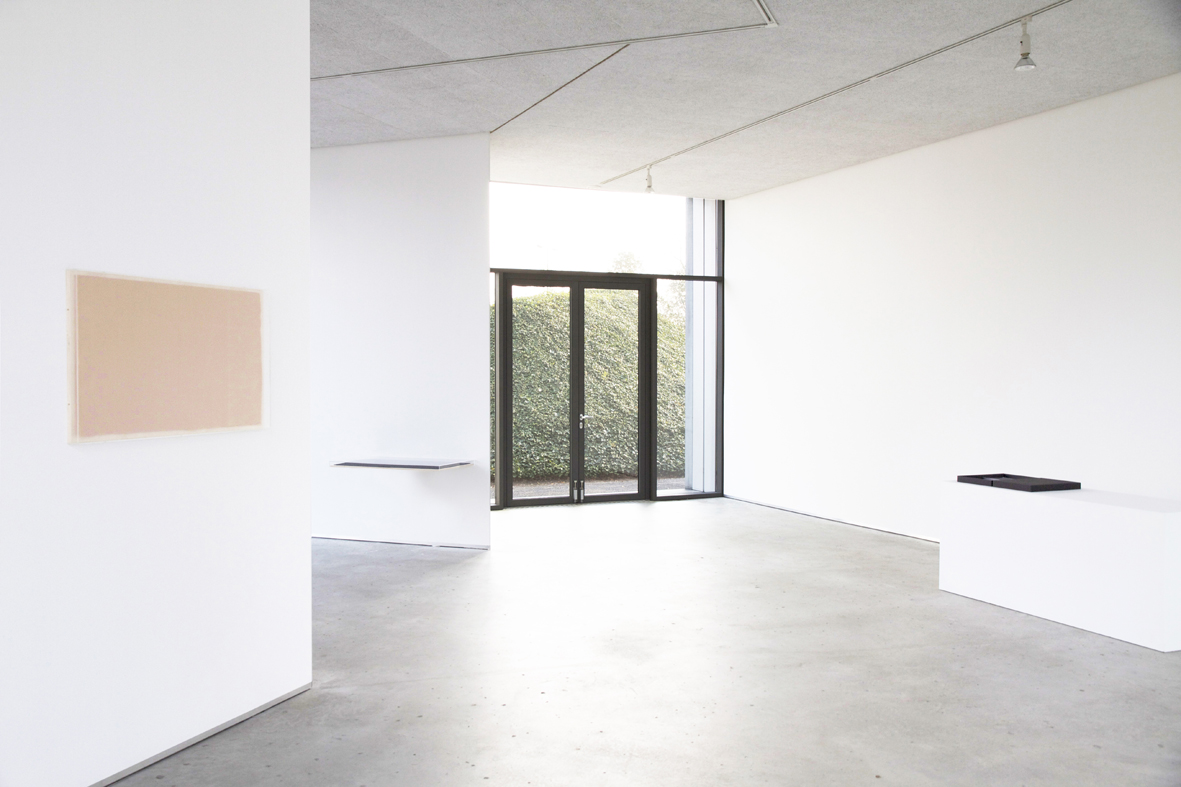
Installation view on Between Act and Protest: The Making of Political Textile or Making Textile Political, 2012

The machine monochromes (Protests Document; Conceptualization in analytical philosophy on history and present, textile version A, B, 2011) in the perspex frames are presented consist of two identical custom folded pieces of cotton from the tent industry. This particular material has increased since the last decade a prominent place during protests and demonstration camps such as the Puerta del Sol in Madrid, in Tahrir Square in Cairo during the global Occupy Movement. The canvas is stripped of its functional ornaments as stitching and zippers making the tent parts are returned to their original form and substance language. By this act are the materials are at an intermediate stage of function and action, what was previously a tent can now be a flag or banner, presented as a political object / document or just dust remain. Torenbosch these translations is especially interested in documenting the textile as an object which is normally a direct connection enters the cell, performative character which also features the protest.
Participants: Remco Torenbosch
IK Paviljoen, Oost-Souburg, The Netherlands
Pilot residency for the Mondriaan Foundation
November 27 — December 25, 2011

Founder and creator of the concept of the Foundation IK sculptor Jan van Munster (Gorinchem, 1939). Already in the 60s, his work in major museums in Netherlands. Then he quickly international fame. In contrast to the wide variety of the material in which he works, the theme is remarkably homogeneous. For decades he investigates consistently and increasingly from other angles the topic "energy". Heat and cold, light and darkness, tension and release, compression and expansion, visibility and invisibility witnesses of polarity that dominated his oeuvre. As a summary for all forms of tension chooses Van Munster around 1984 the sign + / - as commonly used, artistic formula. By making images which his own body dimensions underlie creates a new dimension: the imagination of his creative energy into his work. This led him to the suggestive formula I. Everyone refers to himself as IK. I respect everyone, challenges and demands. I, who is that?

|










